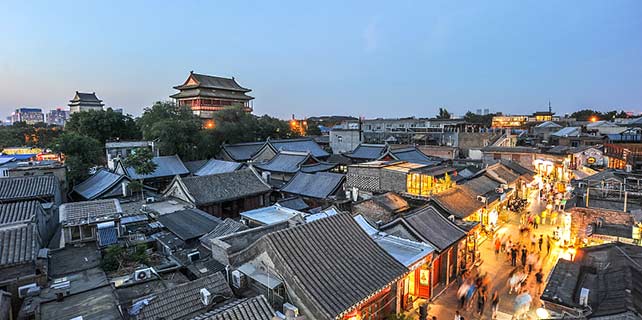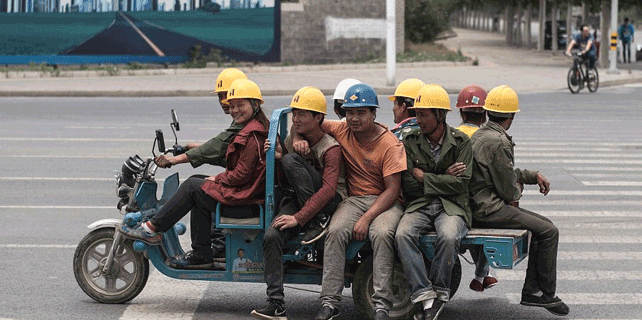China to build world's most challenging railway
CHENGDU — Breathtaking scenery and breathtaking dangers - both will face Chinese engineers as they embark on building the world's most difficult railway.
The Sichuan-Tibet Railway will be the second railway into Southwest China's Tibet autonomous region after the Qinghai-Tibet Railway. The line will go through the southeast of the Qinghai-Tibet Plateau, one of the world's most geologically active areas.
"The construction and operation of the Sichuan-Tibet Railway must overcome the biggest risks in the world," said You Yong, chief engineer of the Institute of Mountain Hazards and Environment of the Chinese Academy of Sciences (CAS), who is leading a scientific and technological support team to avoid disasters in the mountains.
China Railway Eryuan Engineering Group Co Ltd, which is designing the line, said it will run from Chengdu, capital of Southwest China's Sichuan province, through Ya'an and Kangding, and enter Tibet via Qamdo. It will then go through Nyingchi and Shannan prefectures before arriving at Lhasa, capital of Tibet. The total construction length will be about 1,700 kilometers and it will cost 250 billion yuan (about $36.88 billion).
Construction has begun on the two ends of the railway. The section between Chengdu and Ya'an is expected to open in June 2018. The feasibility study on the section between Ya'an and Kangding has been completed. The section between Lhasa and Nyingchi is under construction.
However, the section from Kangding to Nyingchi - the most difficult and the longest section - is still under design. Its construction is expected to begin in 2019 and could take about seven years, according to the China Railway Eryuan Engineering Group Co Ltd.
The Sichuan-Tibet Railway will be a major line in the western China rail network, connecting Tibet and more developed central and eastern regions. The design speed is from 160 km per hour to 200 km per hour. On completion, the travel time by train from Chengdu to Lhasa will be cut from 48 hours to about 13 hours.
You Yong, who has spent almost 30 years studying mountain hazards, said the line will traverse the eastern Qinghai-Tibet Plateau, which has sharp changes in terrain.
The active geological structure of the region causes strong earthquakes. The railway will go through earthquake zones such as the Longmen Mountain and Yarlung Zangbo River seismic belts, You said.
You said the Sichuan-Tibet Railway has four major environmental characteristics: significant terrain elevation differences, strong plate activities, frequent mountain disasters, and a sensitive ecological environment.
Mountain hazards were a major challenge. "The regions along the Sichuan-Tibet Railway have the most developed, most active, most diverse and most serious mountain hazards in China," You said.
"Constructing a railway in such a complicated geological environment will face a lot of scientific and technological difficulties. And the prevention and control of mountain hazards will be key to its success," said You.
The CAS began in 2014 to analyze the mountain hazard distribution patterns and risks, and experiment on disaster prevention along the route.
To date, scientists have identified the basic distribution and activities of mountain hazards, and set up a data bank for the hazards along the route.
Based on analysis of the risks, researchers offered their advice on the route selection and technologies to prevent and control the landslides and debris flows.




















